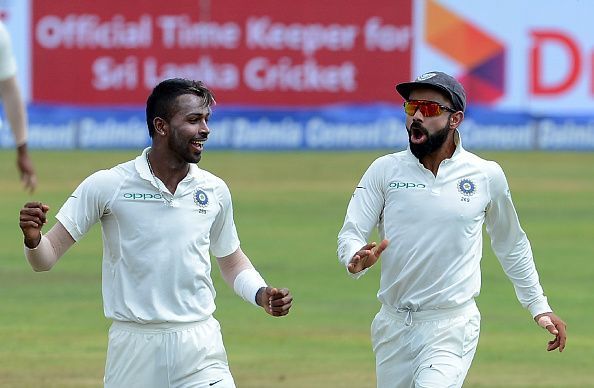
5 Indian Test issues that remain unanswered
Today, the BCCI selection committee announced the squad for the upcoming India-England Test Series. It is a tour that will perhaps define this team. India are easily the highest ranked test side and have won 10 of their 11 last test series since July 2015 (which is also incidentally when Virat Kohli took over).
Yet, most of those victories have been at home and only one was outside the subcontinent: a win against the lowly West Indies. The only series defeat in that spell occurred against South Africa earlier this year. In that series, one could see that India had the potential to beat the Proteas even away from home but poor selection cost them.
The team management inexplicably dropped Ajinkya Rahane and Bhuvneshwar Kumar in crucial encounters (both of whom showed their brilliance in the meaningless third test), resulting in the 2-1 series loss.
That series showed the importance of team selections in closely-fought series outside the subcontinent. Considering the significance of this series (a victory could propel Kohli’s side to one of the best Indian test teams ever), the team management will need to get their selections right.
Unfortunately, their chances have already been dealt a blow by Bhuvneshwar Kumar’s injury- the pacer aggravated his back in the 3rd ODI. This raises questions about the pace attack: one of the five major choices that the team management will have to make before the first test.
The composition of the Team: Six Batsmen or Five Bowlers

This is a question that has bogged Kohli since he took over the captaincy. Unlike his predecessor MS Dhoni, Kohli has preferred a more aggressive approach with five pure batsmen, one wicket-keeper and five bowlers (one or two of which could bat). However, this may change in English conditions considering the vulnerability of Indian batsmen to quality swing bowling (even Kohli struggled in the previous test series in England). Thus playing an additional batsman may be seen as beneficial.
This additional batsman would also allow India to play all three of the natural openers Shikhar Dhawan, KL Rahul and Murali Vijay. It could also be used to fit another middle-order batsman like Karun Nair. The additional solidity could allow India to post totals of 400+, something they only managed on one occasion in the previous tour of England in 2014.
However, such a move would be highly controversial and is probably not going to be selected especially considering the emergence of Hardik Pandya as a pace-bowling all-rounder. The management seems to trust Pandya: trusting him for all three tests against South Africa despite his relative inexperience at the first-class level.
Playing six batsmen would mean dropping Pandya or going with him as one of four bowlers- both unlikely options. Nonetheless, this choice will be a defining one- it will help colour all other choices in this article.